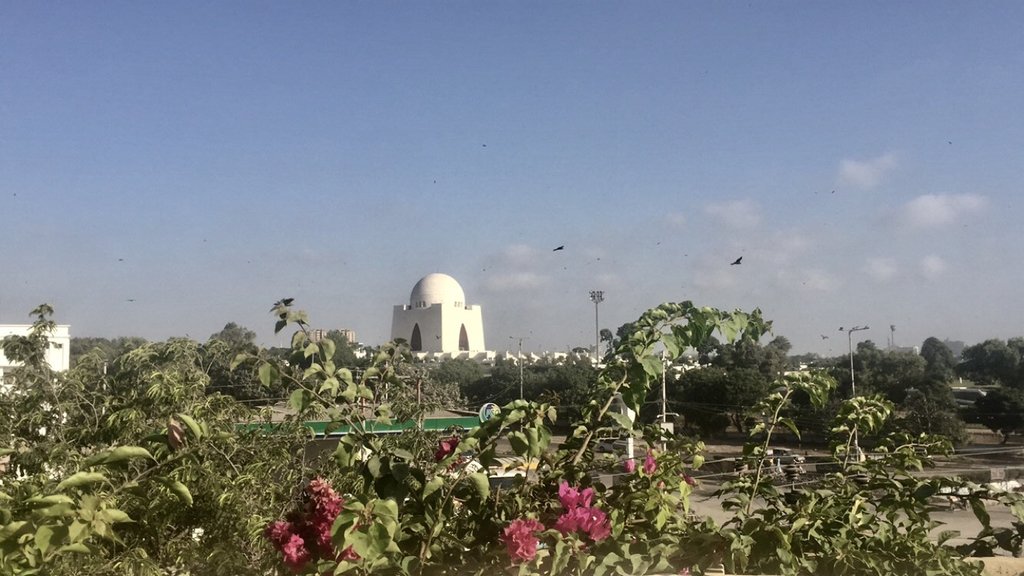
It was then that Munir was reminded that it was February 22, when a cricket match was scheduled in Karachi. And so, as a security measure, Stadium Road, one of the city's main thoroughfares leading to the match's venue, the National Stadium, was blocked for traffic.
As a result, Munir, on her way to Liaquat National Hospital (LNH), located on the same road, to visit a relative, numerous others and an ambulance, probably also going to LNH, found themselves stuck in a maze with a seemingly never-ending wait.
"But this is a common occurrence," said Edhi Ambulance Control Room in-charge Muhammad Bilal, when asked about the incident. "We even have to face such situations when transporting pregnant women and patients [in critical condition], who are put on oxygen." The fact that there is a chance that the ambulances may run out of oxygen when stuck in traffic due to VIP movements and other events, resulting in death, remained unsaid.
In the sprawling metropolis, traffic on roads comes to a near-standstill during VIP movements or if the city is hosting a big event. Main arteries are blocked and the traffic spills on to smaller ones, resulting in traffic congestion across the city.
This happens even when the traffic police issues a traffic diversion plan. However, ambulance services are not specifically notified of the developments and issued a detailed traffic plan separately, complained Bilal.
"[Then] those who call an ambulance keep reaching out to us, asking when we will be reaching their location, but we simply can't tell them that it will take us an hour or longer because roads are blocked," he said helplessly.
When asked whether a traffic plan or instructions were given to ambulance services specifically, Traffic DIG Javed Ali Mahar, however, claimed that everyone was informed in advance about the traffic plan and ambulances in particular were let through. But the problem persists.
Further explaining the gravity of the matter, Bilal said, "Sharae Faisal - the city's main artery - is often blocked for traffic during VIP movements, and in this case, even alternative routes may not always be easily approachable." He claimed that it was the only thoroughfare that could be used for transporting patients from Malir, Shah Faisal Colony and nearby areas, and from Thatta, Gharo and Upper Sindh, to two of the city's main public hospitals - Jinnah Postgraduate Medical Centre and Dr Ruth Pfau Civil Hospital.
And, as a result, there have been numerous instances in the past when patients expired in ambulances because roads were blocked for one reason or the other, according to Bilal.
Sharing responsibility
However, he doesn't hold the government solely responsible for such occurrences.
"People need to realise their responsibility and clear the way for ambulances with active warning lights and sirens," he said. "But people don't move aside."
In 2018, the Sindh cabinet had approved amendments in Section 82-A of the Motor Vehicles Ordinance, 1965. According to these, drivers must, to the extent practicable, slow down, move to the left or otherwise make all possible efforts to give uninterrupted and safe passage to an emergency rescue vehicle or an ambulance with active warning lights and a siren.
However, as witnessed by Munir, when main thoroughfares like Sharae Faisal or Stadium Road are blocked with vehicles moving bumper to bumper, giving way to an ambulance remains a faraway possibility and not the top priority for many frustrated by the long wait.
Published in The Express Tribune, March 13th, 2020.
1731933289-0/BeFunky-collage-(68)1731933289-0-405x300.webp)


1731931652-0/BeFunky-collage-(67)1731931652-0-165x106.webp)

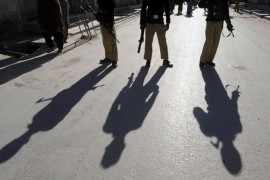
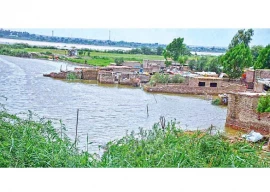

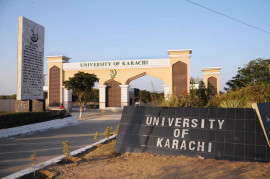

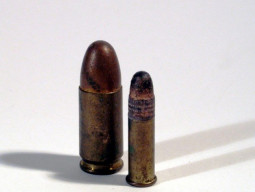






COMMENTS
Comments are moderated and generally will be posted if they are on-topic and not abusive.
For more information, please see our Comments FAQ